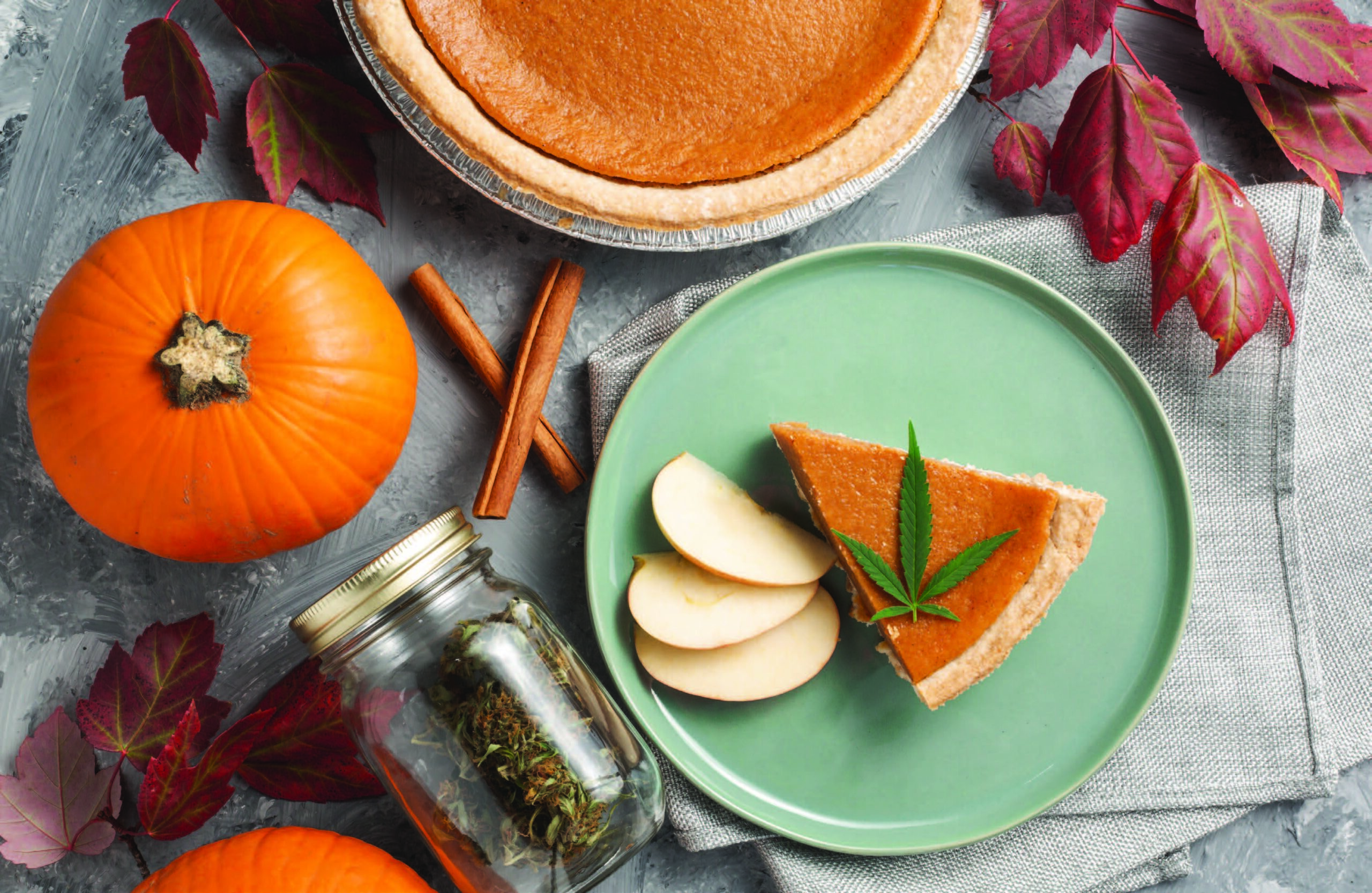The more time I spend in the beer world, the more I end up with rare beer, beer that doesn’t feel appropriate opening on any casual beer drinking event. They feel special or something. Maybe this is what they call a cellar, but I don’t know. Most of it I’d say is sentimental: It’s the anniversary beer the first year I worked at Ska; a bottle given to me by a brewery worker on a tour that I’ve since stayed in touch with; the first beer that I filled the barrels for and saw the beer all the way through to it’s packaging the next year. Some of that will age well, and some of it will be special to open, but will taste like hot garbage when I eventually open it.
I don’t really know if “building a beer cellar” should be a thing for anyone but the most diehard beer nerds. Sure, there are some beers that absolutely should be aged, but I think most beer should be drank as fresh as possible. Building a beer cellar then, becomes not about what beers you should age, but what beers you should always have around. Here are my picks:
Something LightYou should always have something that is cold and yellow and refreshing. No, I’m not talking about the urine of a high class Russian prostitute, I’m talking about lawnmower beer: Miller High Life, PBR, Pils World, Mama’s Little Yella Pils, you know the drill. This is beer that will change relatively little as long as it’s kept cold in the back of your fridge. It’s also a style of beer that, in a pinch, no one will turn down.
Something DarkThere will always be room and time for a Guinness, a dark lager, or a stout or a porter, or anything dark really. Roasty malt character lends itself both to pairing with desserts as well as with spicy entrees or grilled meats. Plus, nothing says breakfast like a nice, dark milk stout.
Something HoppyKeeping something hoppy in your fridge is kind of a burden: You have to drink it all before the hops fall off. The expiration date for hoppy beers is usually a little bit longer than non-hoppy beers, as the hops help preserve the beer. But the hop flavor itself falls off relatively quickly, so the canned-on date (or expiration date) can be seen as more of a challenge to drink the beer quickly, than as a guide to getting rid of it.
Something BigHere’s where we get into the type of beer that can be aged (not necessarily that it should be, but that it can). The higher alcohol content will preserve the integrity of the beer from potential contamination, thus making it last longer. Look for anything “Imperial” and something around 8 percent alcohol. This doesn’t mean that you’re getting Steel Reserve or Colt .45, but styles like Belgian Dubbels, Tripels, Quads, Old Ales, Imperial Stouts, Barley Wines and Double IPAs. I’m particularly fond of aged Double IPAs because it’s always interesting to see how the hops fall off and what “skeleton” is left of the beer.
Something SourMuch like the big beer, the lower pH of a sour beer allows the beer to last longer. Thus, it can be aged, though may not necessarily change or improve over time. Plus, having a good sour in your fridge/cellar is a good way to add balance of flavors for any potential food pairings or taste preferences for any guests. Any style sour will last longer than a regular beer, but if you want one that is going to evolve over time, you’ll want something that is NOT pasteurized. The pasteurization is not bad for the beer, it just locks in the flavor by killing any potential microbes in the finished beer.
Something Bottle-ConditionedBottle-conditioned beer is beer that undergoes a secondary fermentation in the bottle, which means that there are microbes intentionally left or added to the beer at or before packaging. Usually the microbes are Brettanomyces, but sometimes wine or champagne yeast, or even just normal brewer’s yeast are used. The added microbes add a layer of defense against foreign microbes and help fight off oxygen for the life of the bottle. Bottle-conditioned beer will continue to evolve indefinitely, because as long as the microbes are in the bottle, they will continue to metabolize sugars, proteins, enzymes, and anything they can get their hands on until they are killed with heat.
My favorite combinations of beers to cellar are actually beers that are a combination of the above: Hoppy sours, dark sours, dark hoppy beers, etc. because as the beer ages, one of the characteristics will actually start to fade and the other characters start coming out in super interesting ways. Anyway, this whole idea of cellaring beer is fairly new. It’s not like wine where, you know, you gotta love those ‘61 Bordeaux’s or whatever.
Robert Alan Wendeborn is a former cellar operator at Ska Brewing and current lead cellar operator at Tin Roof Brewing in Baton Rouge, Louisiana.













